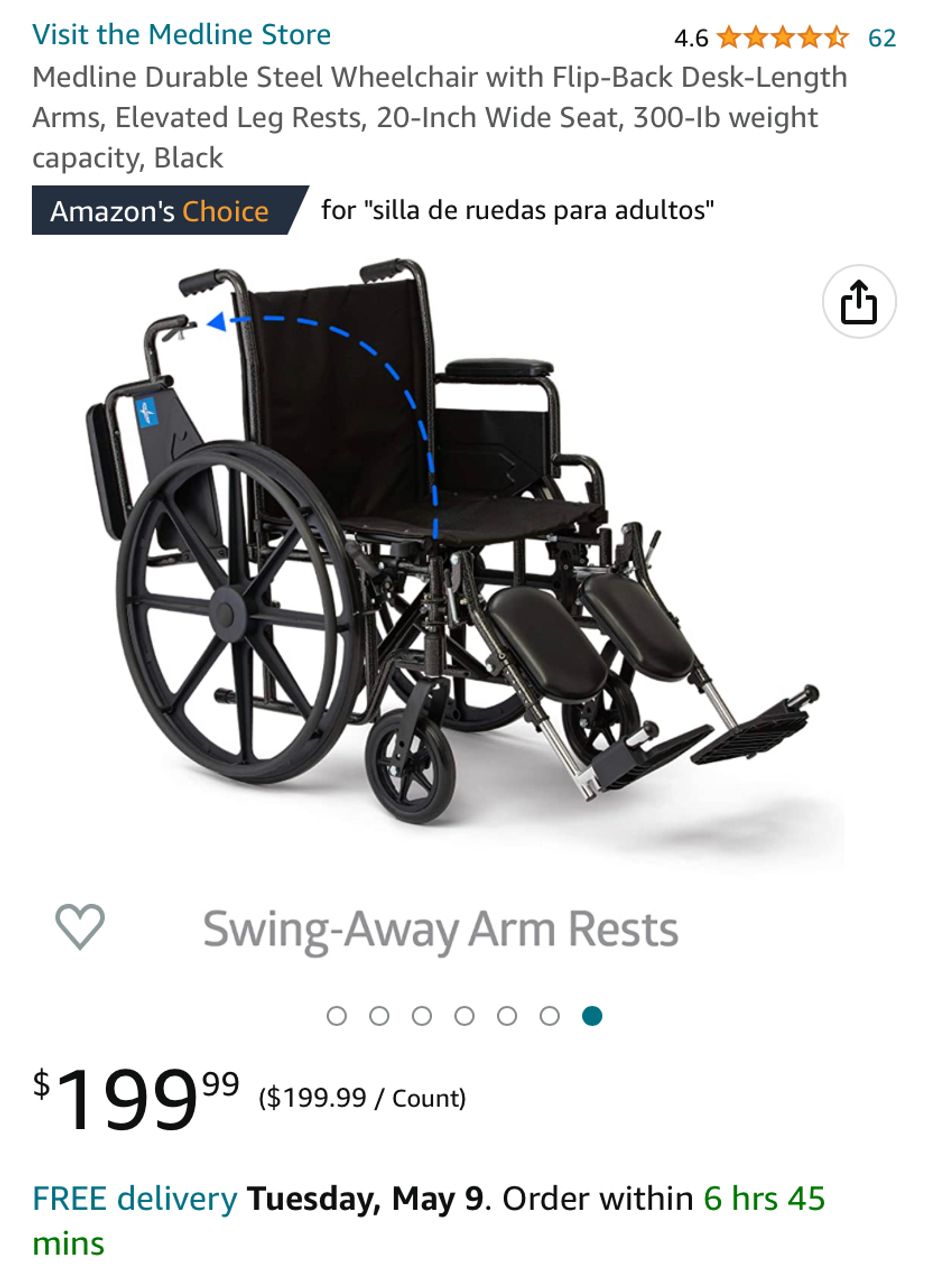Hi there! I was only recently diagnosed with hEDS so I'm still new to the online communities, but I've been dealing with pain and symptom management for it for well over a decade now. I've used a handful of mobility aids, so I thought it wouldn't hurt to share some of my experiences with them!
I used to hate mobility aids because they made my invisible disability very much visible, and that tended to change the way people treated me. (I live in a very small, conservative town that still holds a lot of outdated views on minorities, including people with disabilities.) In recent years, though, I've pushed past that hatred and come to appreciate the benefit they provide in terms of not only mobility, but pain management! That being said, it took some trial and error to figure out what aids helped me with what pains/flares, and I just wanna give a quick rundown here.
Canes - These have served me well when dealing with mild injuries to my knees or ankles, or when my lower joints are feeling very, very unstable. They're beneficial in the sense that they're lightweight and easy to store when not being used, but they can cause flares in peripheral neuropathy or wrist/elbow pain when relied on too heavily or used too often.
Forearm crutches - These are actually a new discovery for me. Unlike canes, the pressure is distributed over your hand, wrist, and forearm, which lightens some of the pressure. However, most forearm crutches aren't adjustable and, if the angle isn't good for you, the benefits of the extra support are pretty much nullified.
SmartCrutches - A specific brand of forearm crutches that I can't recommend enough. Unlike a standard forearm crutch, the angle of the forearm cuff on these is adjustable. This has been so beneficial because I can shift it to lay almost flat, putting most of the weight on my forearm instead of my hand or wrist. It's easy to adjust when I need to redistribute the weight, too! They are definitely on the pricier side, but if alleviating pressure on your wrist is the goal, I strongly recommend looking at these instead of a standard pair of forearm crutches.
Walkers - These can be really beneficial when you need some help walking and need to be able to sit (if you get one with a seat) and rest your feet or wait out a POTS episode to avoid fainting. Despite that, I'm not the biggest fan of them for me personally. I'm not overly tall for a guy, but still above average height (5'10"), and most walkers are just too short for me. The only ones I've found tall enough for me don't have a seat built in which, for me personally, defeats the purpose of a walker. I also tend to walk fast and find they slow me down because they're a little clunky. But, that's just me! They might work really well for you.
Wheelchairs - First off, they're expensive, so I haven't been able to afford one for personal use. I have, however, had the privilege of making use of one in several places in my community where they are available for people with disabilities in need. Generally, I don't need one, but when the pain in my spinal column, hips, or knees gets to be just too much, having access to a wheelchair has been an absolute lifesaver. Having to wheel myself around does put strain on my shoulders though, which can be problematic if I need to do it for an extended period of time. I usually ask my husband to push me around, and when we do that, the wheelchair allows us both to enjoy our outing to the fullest extent without causing me any additional pain or injuries. I unfortunately can't speak on electric wheelchairs, but I'd imagine they're even more beneficial, albeit significantly more costly.
Bonus: Braces - Not technically a mobility aid, but I felt the need to add them anyway. Braces and splints have been a major saving grace for me. I've used them for my fingers/hands, wrists, ankles, knees, elbows, sacroiliac joints, shoulders, and even my neck. Each one provides additional stability to the targeted joint, but you do need to be careful that you're picking the right brace for you. Some will put more pressure on one area, some are less compressing - it's all a matter of what works best with that part of your body. I tended to try cheaper alternatives from Amazon and KT tape to test different styles before spending money on a higher quality one for more permanent use, and that worked out well for the most part. Just don't do what I did and use the cheap one for TOO long (I ended up with serious chafing on my wrists due to cheap material).
Oh dear, this got longer than I meant for it to, but I hope this information can be helpful to even just one person who isn't sure where to start with mobiltiy aids. I know I struggled choosing what was right for me in the beginning and wasted a lot of money on things that just weren't a good fit in the end, so I hope this saves you even just a tiny bit of trouble!
#EhlersDanlosSyndrome #MobilityAids #ChronicPain #ChronicIllness #PosturalOrthostaticTachycardiaSyndrome #Dysautonomia #Fibromyalgia #RareDisease








